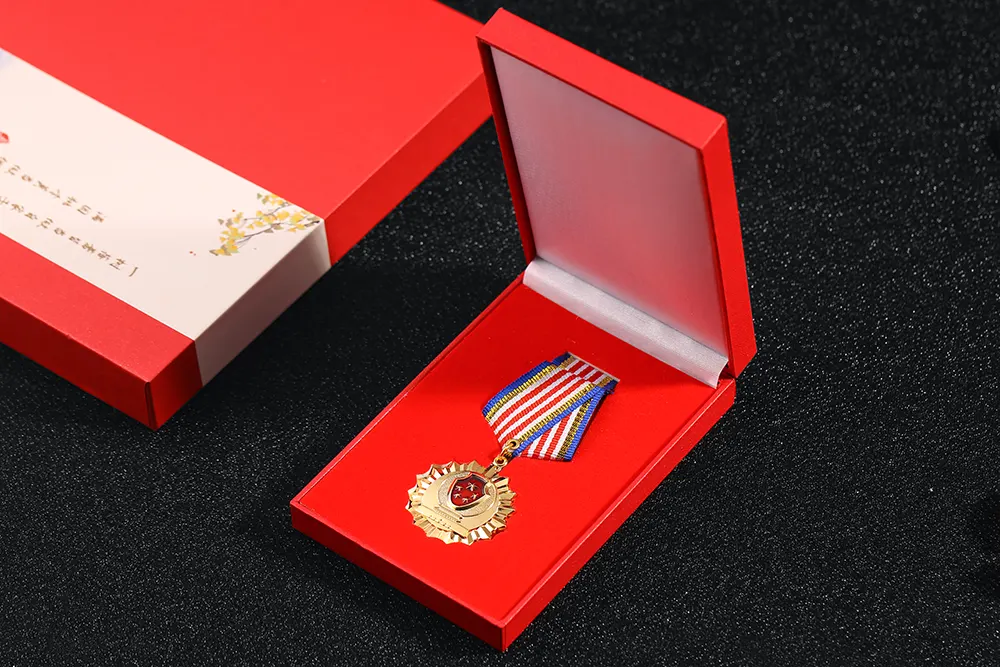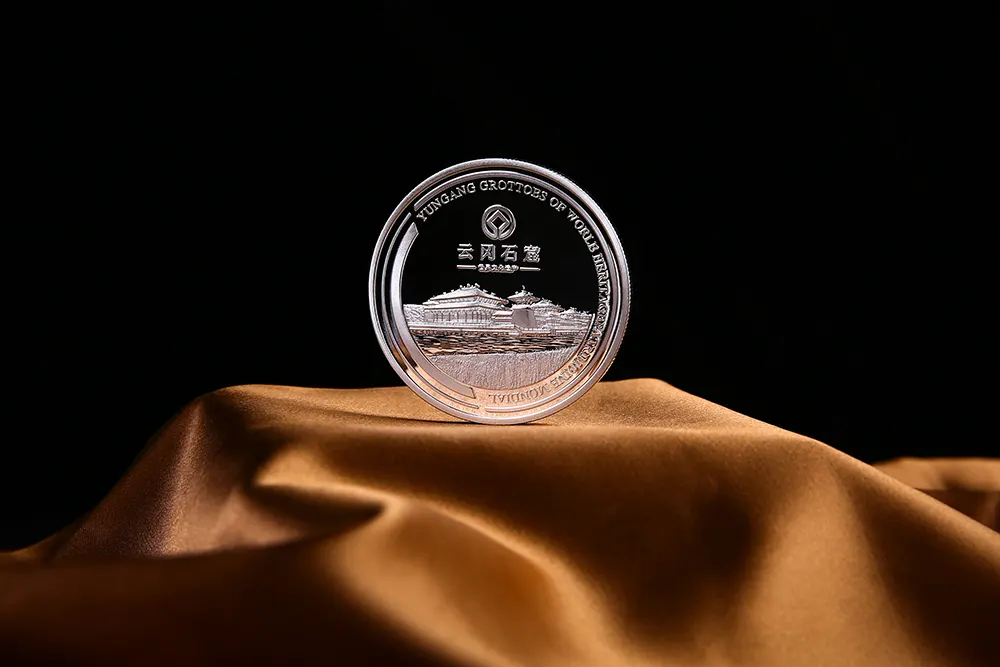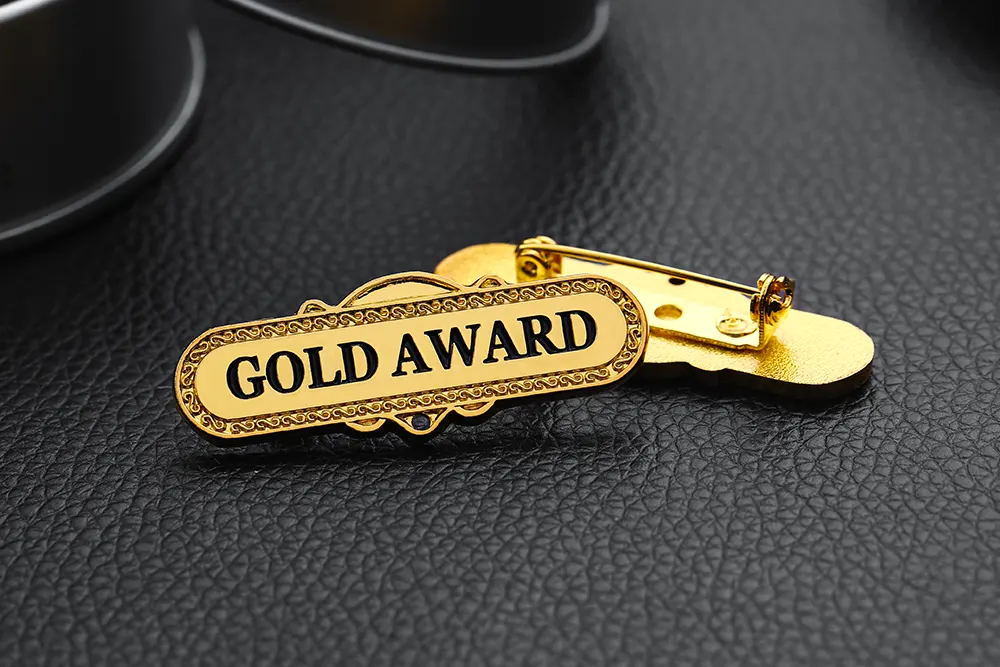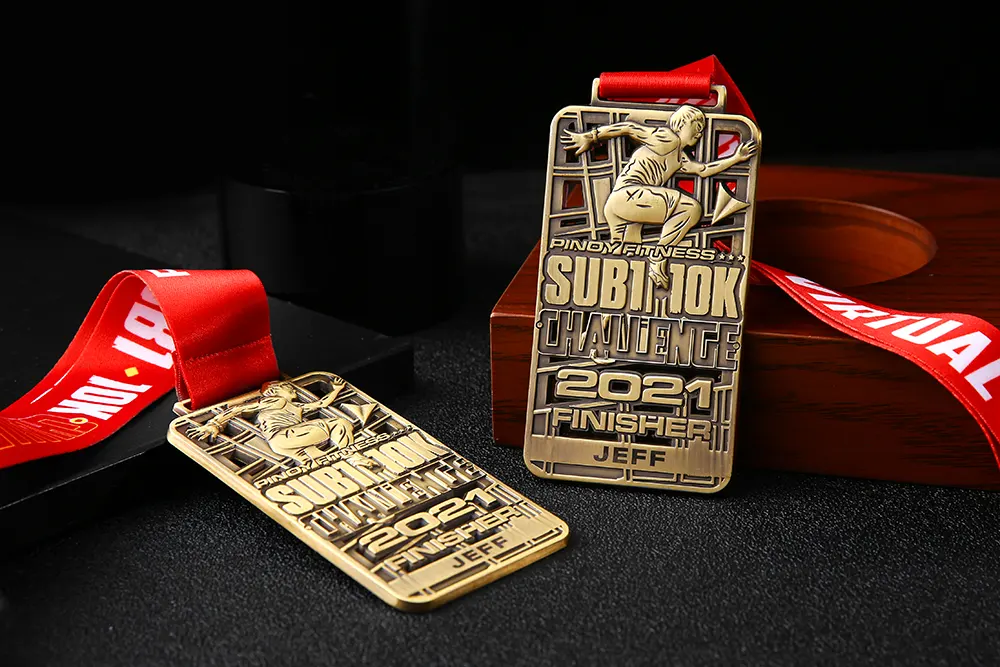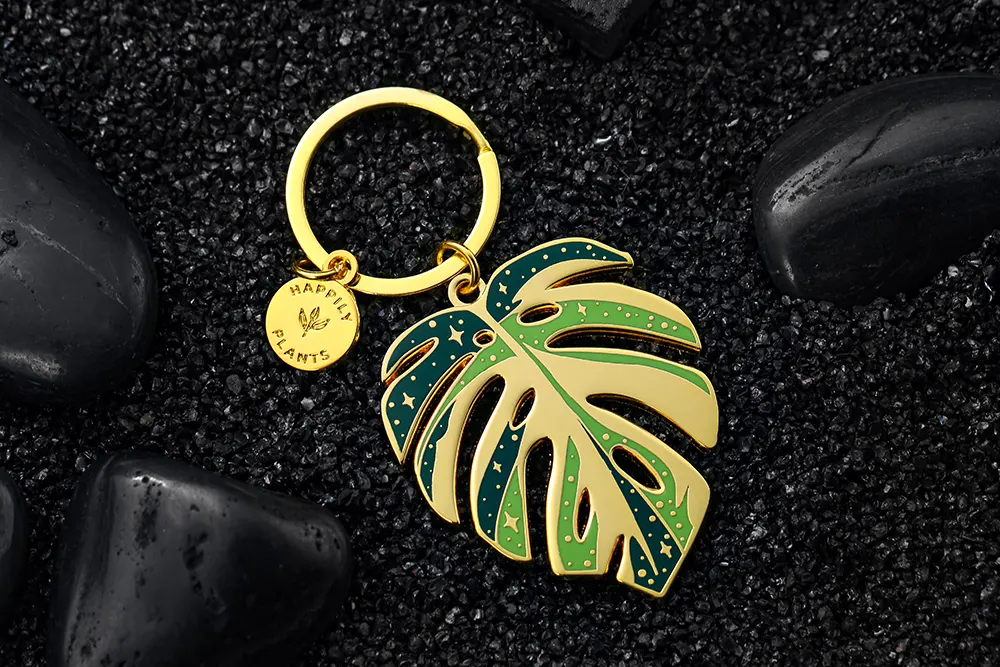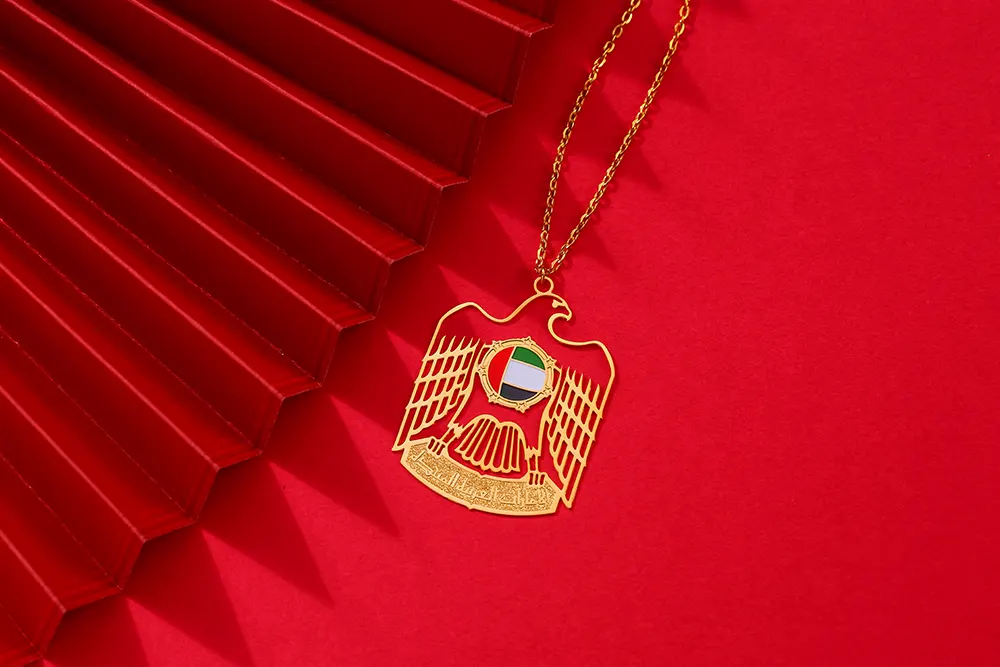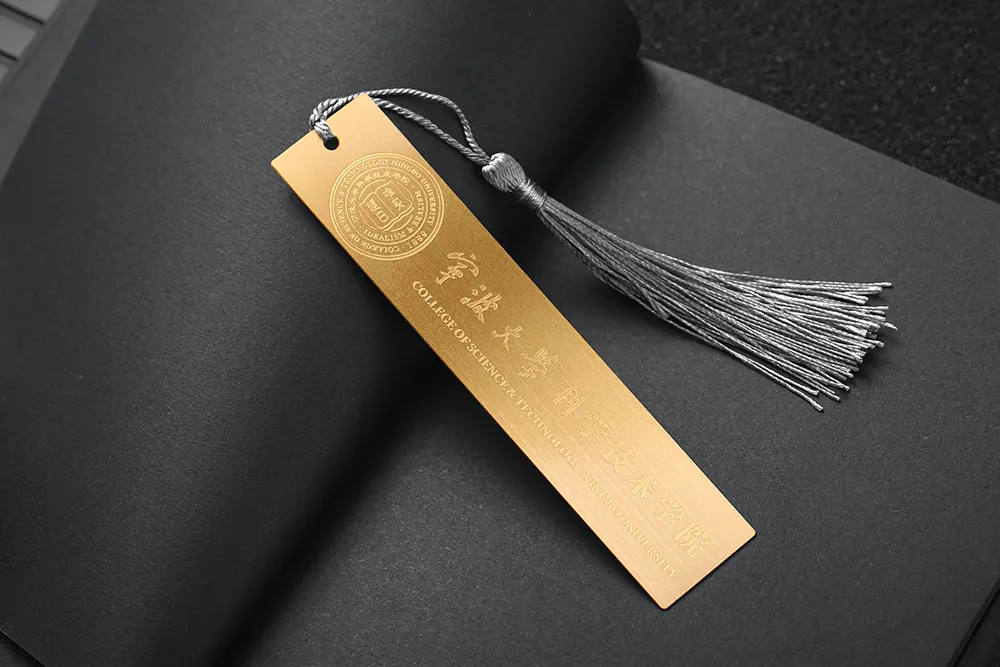Understanding military medals and ribbons is an essential skill for veterans, collectors, historians, and families preserving their loved ones’ service records. Whether you’ve inherited a collection from a relative or discovered medals at an estate sale, learning to properly identify these honors connects us to the stories of service and sacrifice they represent.
Why Military Medal Identification Matters
Military medals serve as tangible records of a service member’s achievements, campaigns, and contributions. Each ribbon and medal tells a specific story about where someone served, what they accomplished, and the recognition they earned. Proper identification helps preserve military history, verify service records, and ensure these honors receive the respect they deserve.
For families, identifying a veteran’s medals can reveal details about their service that may never have been discussed. Many veterans were humble about their accomplishments, and their medals often provide the only concrete evidence of their experiences and sacrifices.
Understanding the Basic Components
Military decorations consist of several elements that work together for identification purposes. The medal itself typically hangs from a ribbon with distinctive colors and patterns. The ribbon bar, worn on dress uniforms, represents the full medal and features the same color scheme in miniature form.
Each branch of the military—Army, Navy, Air Force, Marines, and Coast Guard—has its own system of awards, though many decorations are shared across services. The order of precedence, which determines how medals are arranged, varies slightly between branches.
How to Identify Army Medal Ribbons
Army medal ribbons follow a specific color-coding system that makes identification more straightforward once you understand the patterns. The ribbon’s colors, stripes, and arrangement provide the primary means of identification.
Start by examining the ribbon’s dominant colors and stripe pattern. For example, the Purple Heart features purple edges with white stripes and a purple center. The Bronze Star has red edges with a central blue stripe containing thin white stripes. The Army Commendation Medal displays green edges with white and orange stripes in the center.
Combat and campaign ribbons often incorporate multiple colors representing different aspects of service. The Iraq Campaign Medal, for instance, features a distinctive pattern of black, red, white, and green stripes that represent the Iraqi flag colors, while the Afghanistan Campaign Medal uses blue, red, and white stripes with a centered design.
Key Steps for Army Ribbon Identification
Begin with the ribbon’s width and overall design. Standard military ribbons measure 1.375 inches wide, though some special awards may vary. Next, note the number of stripes and their colors from left to right. Pay attention to thin pinstripes, as these details distinguish similar-looking ribbons.
Check for devices attached to the ribbon. Oak leaf clusters indicate subsequent awards of the same medal, while stars may indicate combat valor or specific campaign participation. Arrowheads denote participation in airborne or amphibious assaults, and small frames indicate service in particular operational areas.
Identifying Full Military Medals
When examining complete medals rather than just ribbon bars, additional identifying features become available. The medal’s design, shape, and inscriptions provide crucial identification information.
The medal’s suspension—how it hangs from the ribbon—offers clues about its era and type. Older medals often use rings and broaches, while modern awards typically employ pentagonal drapes. The medal’s reverse side frequently contains identification numbers, dates, or the recipient’s name.
Service medals typically feature designs representing their purpose. The National Defense Service Medal displays an eagle with spread wings. The Good Conduct Medal shows an eagle standing on a book and sword. Campaign medals often depict geographic or symbolic elements related to the specific operation or war.
Using Reference Materials for Identification
The most reliable method for medal identification involves comparing your items against official reference guides. The Department of Defense maintains comprehensive databases of military awards, complete with images and descriptions. Each service branch also publishes official precedence charts showing the correct order and appearance of their decorations.
The Institute of Heraldry serves as the official source for military insignia and medal designs. Their website provides high-resolution images and detailed specifications for every authorized U.S. military decoration. State and foreign awards require additional specialized references.
When using reference materials, pay attention to subtle variations in medals issued during different time periods. Many awards have undergone design changes over the decades, and identifying the specific version can help establish when it was awarded.
A Collector’s Perspective: Learning Through Experience
I first encountered the challenge of medal identification when sorting through my grandfather’s military trunk after he passed away. Among his belongings were a dozen medals, some with familiar names like the Purple Heart, others completely unknown to me. The Bronze Star had a small “V” device that I later learned designated valor in combat—something he had never mentioned during his lifetime.
The process of identifying each medal became a journey into his service history. I discovered he had served in multiple campaigns, earned recognition for meritorious service, and received commendations I knew nothing about. One ribbon with an unusual green and yellow pattern stumped me until I found it in an old Army regulation—it was a Vietnam Service Medal with campaign stars representing different operations.
This experience taught me that medal identification goes beyond academic exercise. Each correctly identified ribbon revealed another chapter of his story and connected me to his experiences in ways his modest personality had never allowed.
Common Identification Challenges
Several factors can complicate military medal identification. Fading and wear alter ribbon colors over time, making exact matching difficult. Medals stored improperly may develop patina or corrosion that obscures identifying features. Unofficial or commemorative medals sometimes resemble official awards, creating confusion.
Foreign medals present additional challenges, as international awards follow different design conventions and precedence systems. Allied nations often awarded American service members their decorations, particularly during World War II and subsequent conflicts. These foreign awards are authorized for wear on U.S. uniforms but require specialized references for proper identification.
Miniature medals, worn on formal mess dress uniforms, follow the same patterns as full-size medals but in reduced scale. Their smaller size can make distinguishing similar ribbons more difficult, requiring careful attention to proportion and detail.
Digital Tools and Resources
Modern technology has simplified medal identification considerably. Smartphone applications now allow users to photograph medals and receive instant identification through image recognition. These tools compare uploaded images against databases of known medals and provide potential matches with confidence ratings.
Online communities and forums dedicated to military history and collecting offer valuable assistance. Experienced collectors and veterans regularly help others identify unknown medals, often recognizing rare or unusual awards from personal experience. High-quality photographs from multiple angles yield the best results when seeking online identification help.
Digital archives maintained by the National Archives and military historical societies provide access to individual service records, which can confirm medal awards and provide context for their receipt. Freedom of Information Act requests can retrieve official documentation for veterans or their next of kin.
Understanding Medal Precedence and Display
Proper identification extends to understanding how medals should be arranged and displayed. Military regulations specify strict precedence orders, with higher honors positioned closest to the heart. The Medal of Honor occupies the highest position, followed by service crosses, Silver Star, and so forth down the hierarchy.
Display cases for medals should reflect official precedence when showing a complete collection. This arrangement honors the significance of each award and presents them in their proper military context. Identifying all medals in a collection enables correct ordering and ensures appropriate presentation.
Verification and Authentication
Once you’ve identified a medal, verifying its authenticity and the legitimacy of the award becomes important, especially for valuable or significant decorations. Original medals include specific manufacturing marks, correct weights, and precise dimensions that distinguish them from reproductions.
Official military records provide the definitive source for award verification. The National Personnel Records Center maintains service records that document authorized awards. Comparing identified medals against these official documents confirms whether the awards were legitimately earned and properly issued.
Professional appraisers specializing in military decorations can authenticate medals and provide documentation of their provenance. This service proves particularly valuable for rare medals, those with historical significance, or awards being considered for museum donation or sale.
Preserving and Honoring Identified Medals
After successfully identifying military medals, proper preservation ensures these honors endure for future generations. Store medals in acid-free containers away from humidity and temperature extremes. Avoid cleaning medals aggressively, as patina and wear often form part of their historical character.
Document your identification findings thoroughly. Create written records noting each medal’s name, the criteria for its award, and any relevant dates or circumstances. Photograph medals from multiple angles and store these images digitally with cloud backup.
Consider sharing your findings with family members, military museums, or historical societies. Many veterans’ stories risk being lost when their medals remain unidentified. Proper identification and documentation preserve these narratives for historical research and family heritage.
Getting Expert Assistance
When identification proves difficult despite using available resources, professional assistance remains an option. Military museums employ experts familiar with obscure awards and foreign decorations. Veterans service organizations often provide identification services to members and their families.
Local American Legion or Veterans of Foreign Wars posts frequently include members with extensive knowledge of military awards. These veterans can identify medals from their own service eras and direct you to appropriate resources for unfamiliar decorations.
Academic historians specializing in military history offer another resource for challenging identifications, particularly for medals from specific conflicts or time periods. University military history departments and war college libraries maintain reference collections useful for research purposes.
Conclusion
Identifying military medals and army ribbons connects us to the personal histories of those who served. While the process requires patience and attention to detail, the rewards extend far beyond simple classification. Each identified medal reveals stories of courage, sacrifice, and service that deserve recognition and remembrance.
Whether you’re researching family heirlooms, building a collection, or verifying service records, the skills for medal identification open windows into military history. These small pieces of ribbon and metal carry profound significance, and proper identification ensures their stories continue inspiring future generations.
The journey of identification often leads to unexpected discoveries about veterans’ experiences and contributions. By taking time to properly identify and document these honors, we preserve essential pieces of military heritage and honor those who earned them through their service and sacrifice.
















